Bluetooth technology has been with us for a long time – and some myths about this wireless connection have been around for at least as long. First and foremost, there is the fear that Bluetooth headphones are harmful and can cause illness. We’ll get to the bottom of this and a few other Bluetooth myths.
To understand: How does Bluetooth work?
Bluetooth is an important and widespread radio standard alongside wifi. It is installed in numerous devices from all manufacturers and functions in this way: For example, if you connect your smartphone to a Bluetooth speaker, the two devices communicate via high-frequency electromagnetic fields. This is where the “Bluetooth radiation” is generated. The devices exchange data wirelessly via this very stable connection – usually only over short distances.
How far a Bluetooth signal reaches depends on the transmission class. Classes 2 and 3 achieve ranges of 5 to 30 metres. This standard is built into most devices – such as Bluetooth headphones, speakers, wearables or even most smartphones. With class 1, ranges of 100 meters or even more are possible.
Is Bluetooth radiation now harmful?
In our everyday life we are almost constantly surrounded by electrical radiation, also known as electrosmog. Bluetooth also contributes to this. However, the radiation emitted by conventional Bluetooth devices is very low – less than that emitted by a smartphone or wifi router, for example.
SAR – the unit of measurement for electromagnetic radiation
The unit of measurement used to assess how strong the emitted radiation is is the Specific Absorption Rate (SAR). It indicates how much radiation is absorbed by the human body. There are of course regulations and maximum values. These come from the Federal Office for Radiation Protection and state that up to 0.08 watts per kilogram of total body weight or up to 2 watts per kilogram locally for individual parts of the body are harmless. The latter refers to the head, for example.
How high is the radiation of mobile phones and Bluetooth headphones?
SAR values for certain smartphones can be checked at the Federal Office for Radiation Protection. Here are a few concrete examples:
- Huawei P30: SAR at ear 0.33, SAR at body 0.85
- Apple iPhone 11: SAR value at the ear 0.95, SAR value at the body 0.99
- Samsung Galaxy S10: SAR value at ear 0.48, SAR value at body 1.59
The Apple Airpods – one of the first true wireless in-ear headphones – have a Class 1 transmission power, thus a high range and also a SAR value comparable to those of smartphones, namely 0.466 watts per kilogram. Which is still well below the limit of 2 watts. Most other Bluetooth headphones belong to transmission class 2 or 3 and therefore have much lower values.
All-clear: Bluetooth headphones are not dangerous
As you can see, all of these devices move in a harmless area. Bluetooth devices with transmission classes 2 and 3 always stay below the recommended maximum values due to the low transmission power – this all-clear is given by the Federal Office for Radiation Protection. In fact, you’re actually doing yourself a favour if you use Bluetooth headphones instead of a mobile phone on your ear – for example, with our REAL BLUE NC 3Opens in new tab with built-in hands-free kit.
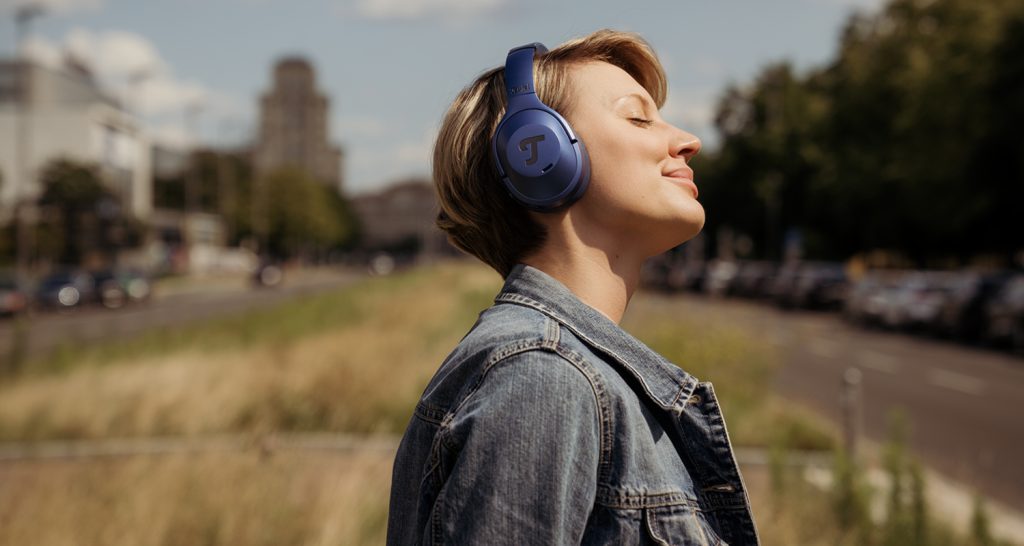 Opens in new tab
Opens in new tabToo much electrosmog should be avoided: Tips for the radiation-detox
We can, therefore, give the all-clear for Bluetooth: You don’t have to worry, using Bluetooth headphones is not dangerous. However, the German Federal Office for Radiation Protection generally recommends minimizing the electromagnetic radiation around you. We practically can’t escape electrosmog – but as always, the measure is decisive. Some of the most important tips include
wifi routers should be set up in areas where no one spends a long time in the immediate vicinity.
Unused devices or transmission functions such as Bluetooth, wifi or even mobile data should be switched off.
At night, the smartphone should not be placed directly next to your head or, at best, not in the bedroom at all. Tip, if you use your mobile phone as an alarm clock: Set the flight mode at night.
Bluetooth speakers from Teufel
Other Bluetooth myths
The claim that Bluetooth headphones are harmful is not the only myth circulating about Bluetooth – here is a selection of other claims regarding the transmission standard
Bluetooth cannot transmit through walls: This myth may simply result from the limited range of a Bluetooth connection. It is true that thick walls are an obstacle that can limit the connection quality. But as soon as you disappear behind a wall, the connection is by no means immediately interrupted. Much more important with Bluetooth is the distance between the paired devices.
Bluetooth and wifi cannot be used simultaneously: Both transmission paths actually use the same radio frequency band to send data. However, there are several channels on this frequency band that can be used by Bluetooth and wifi. The technologies are now so intelligent that they can constantly search for a free frequency and switch back and forth if things get tight somewhere. So you can use Bluetooth and wifi at the same time without worrying about radio interference.
Bluetooth constantly uses battery power: In the early days, Bluetooth drained your phone’s battery relatively quickly. Fortunately, technology is evolving. With newer Bluetooth versions (we’re currently at Bluetooth 5), you don’t have to worry about a permanent Bluetooth connection draining your battery. For example, if you have your phone paired with your in-ear headphones, the only time the battery is drained is when you connect and play music. If the headphones are muted, the Bluetooth connection will also stop.
Bluetooth headphones for carefree music enjoyment
▶ AIRYOpens in new tab: Listen to music wirelessly and with complete ease – on the sofa or on the way to work. The AIRY is hardly noticeable due to its particularly lightweight and is also very comfortable to wear over longer periods of time: also due to the wonderfully clear music playback. The AIRY is equipped with Bluetooth aptX for best sound quality.
▶ MOVE BTOpens in new tab: Do you want to listen to music, especially during sports, and if possible without tangled cables? Then the MOVE BT wireless in-ear headphones are the perfect companion for you. They are lightweight, yet robust and splash-proof according to IPX5 – a rain shower or a sweaty workout won’t harm them.
More headphones from Teufel
Conclusion: radiation from Bluetooth headphones is not harmful
- Manufacturers of Bluetooth devices must observe certain maximum values for the emitted electromagnetic radiation.
- The Bluetooth radiation emitted by headphones is so low that it is completely harmless.
- You get more radiation when you talk with your phone on your ear than when you listen to music with in-ear headphones.
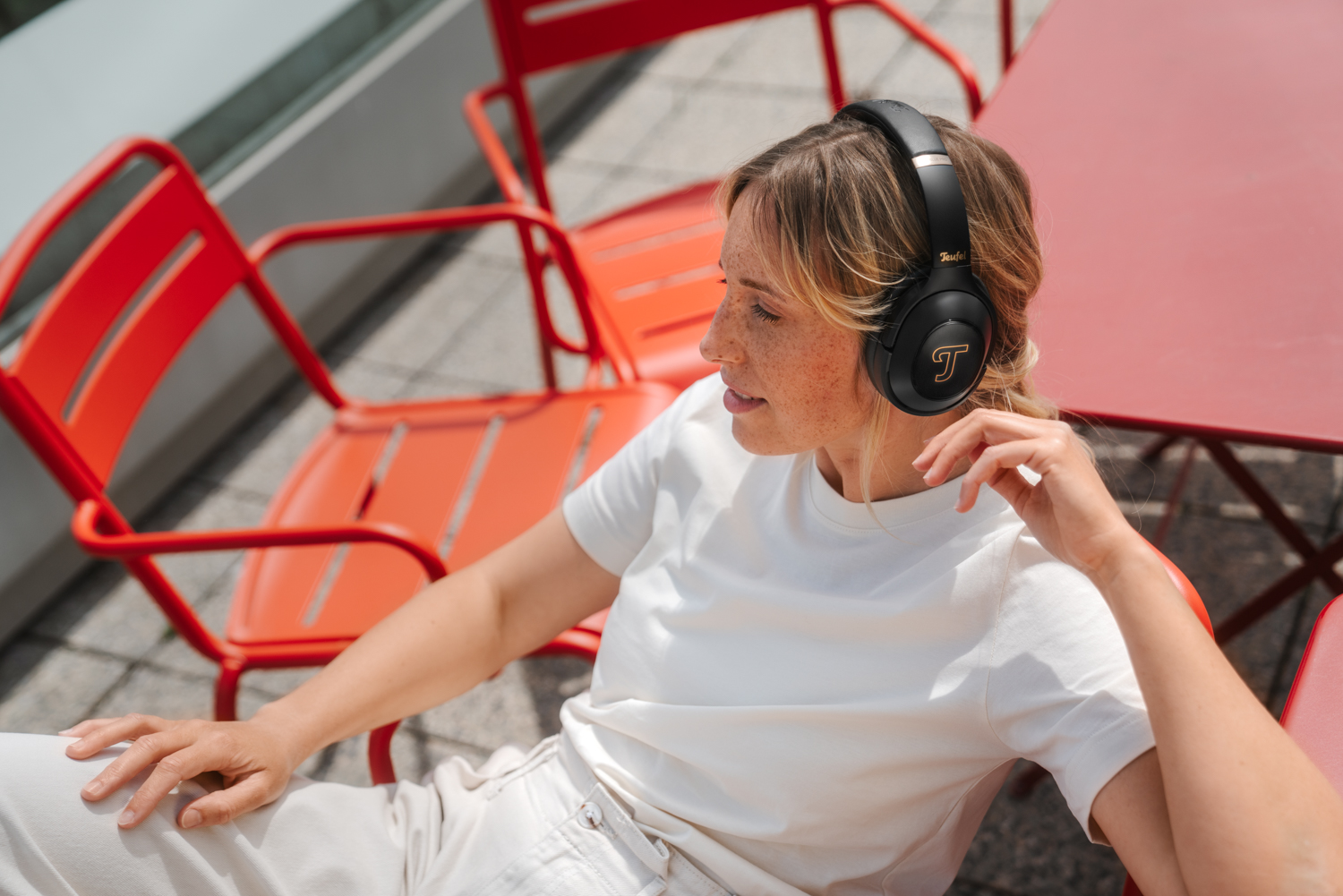
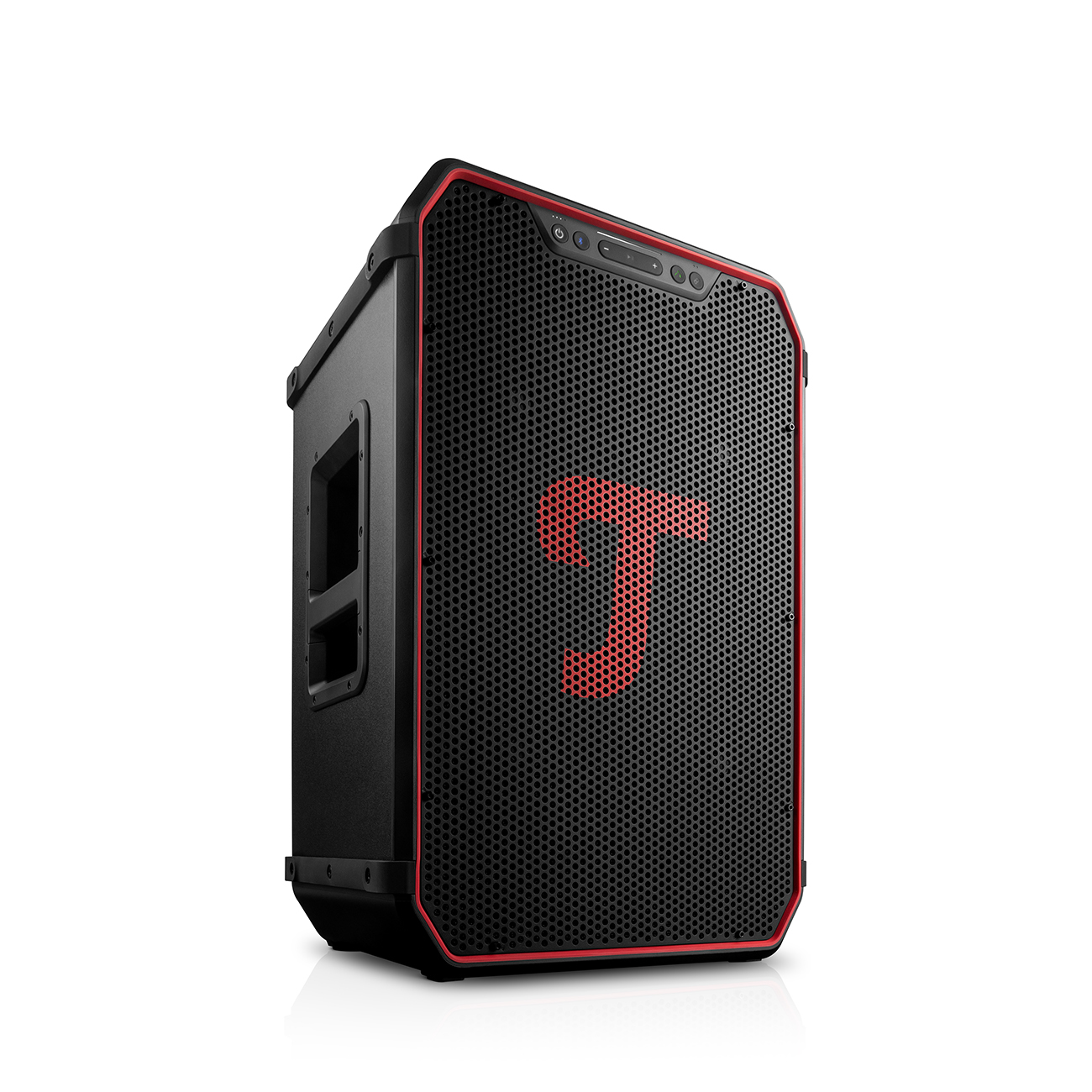
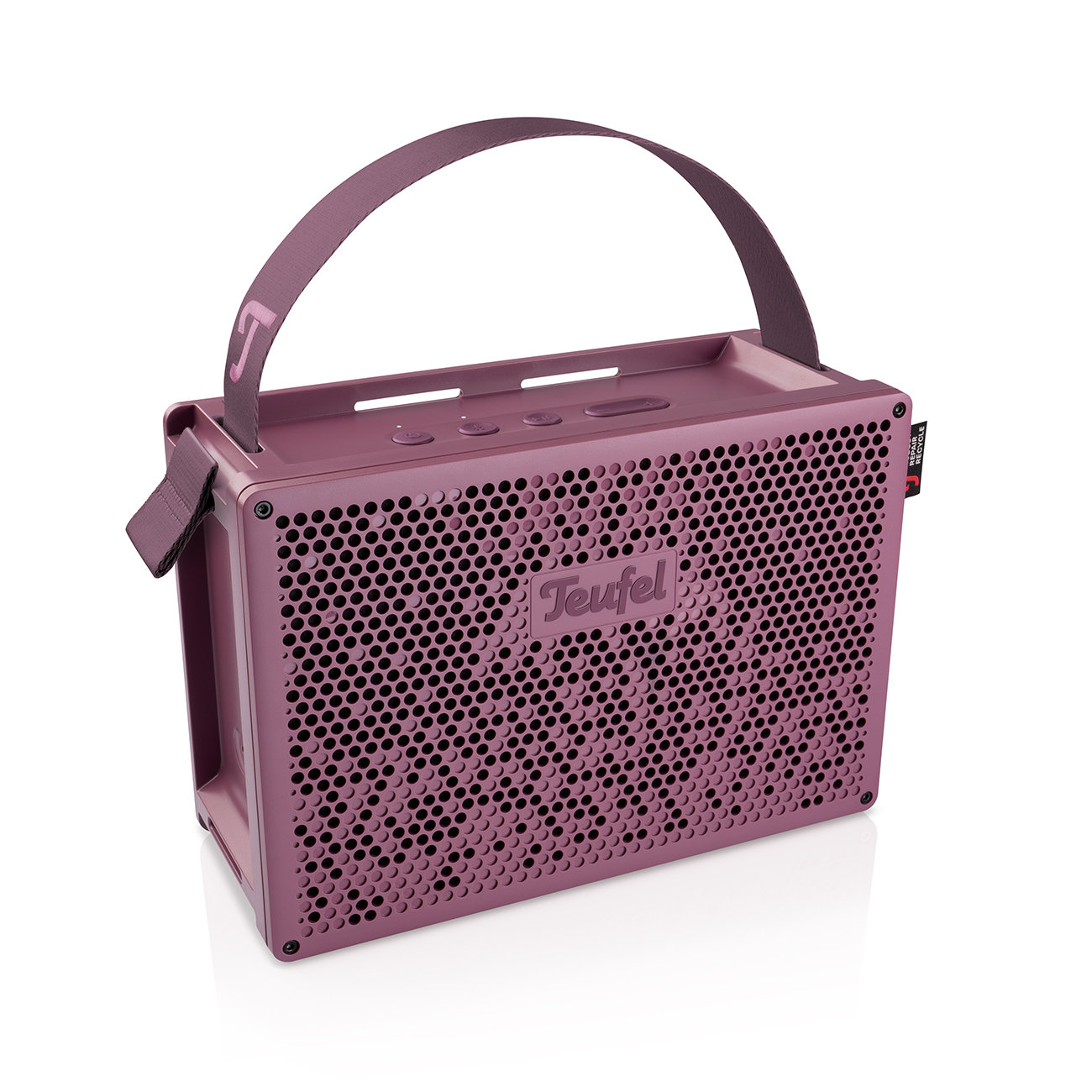
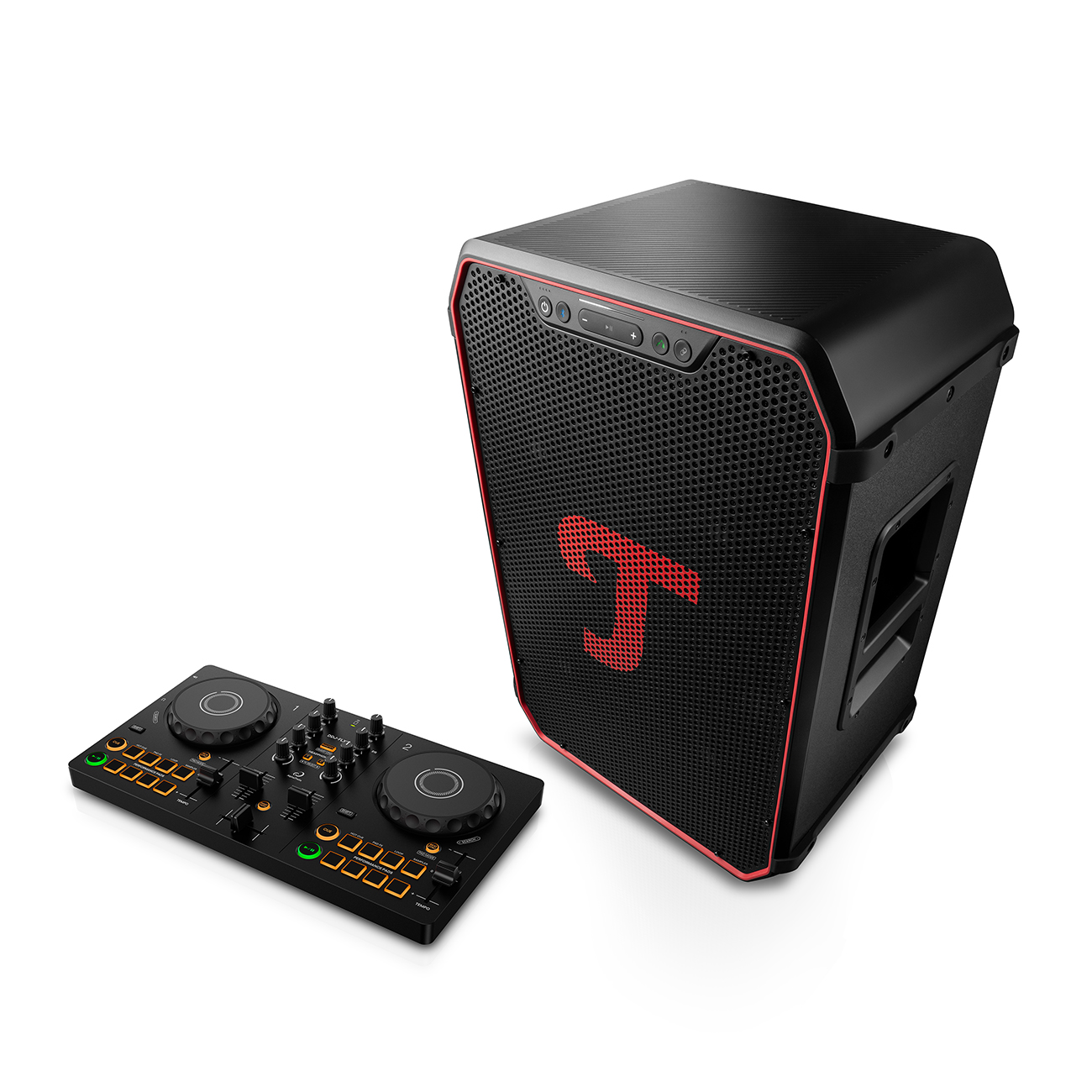

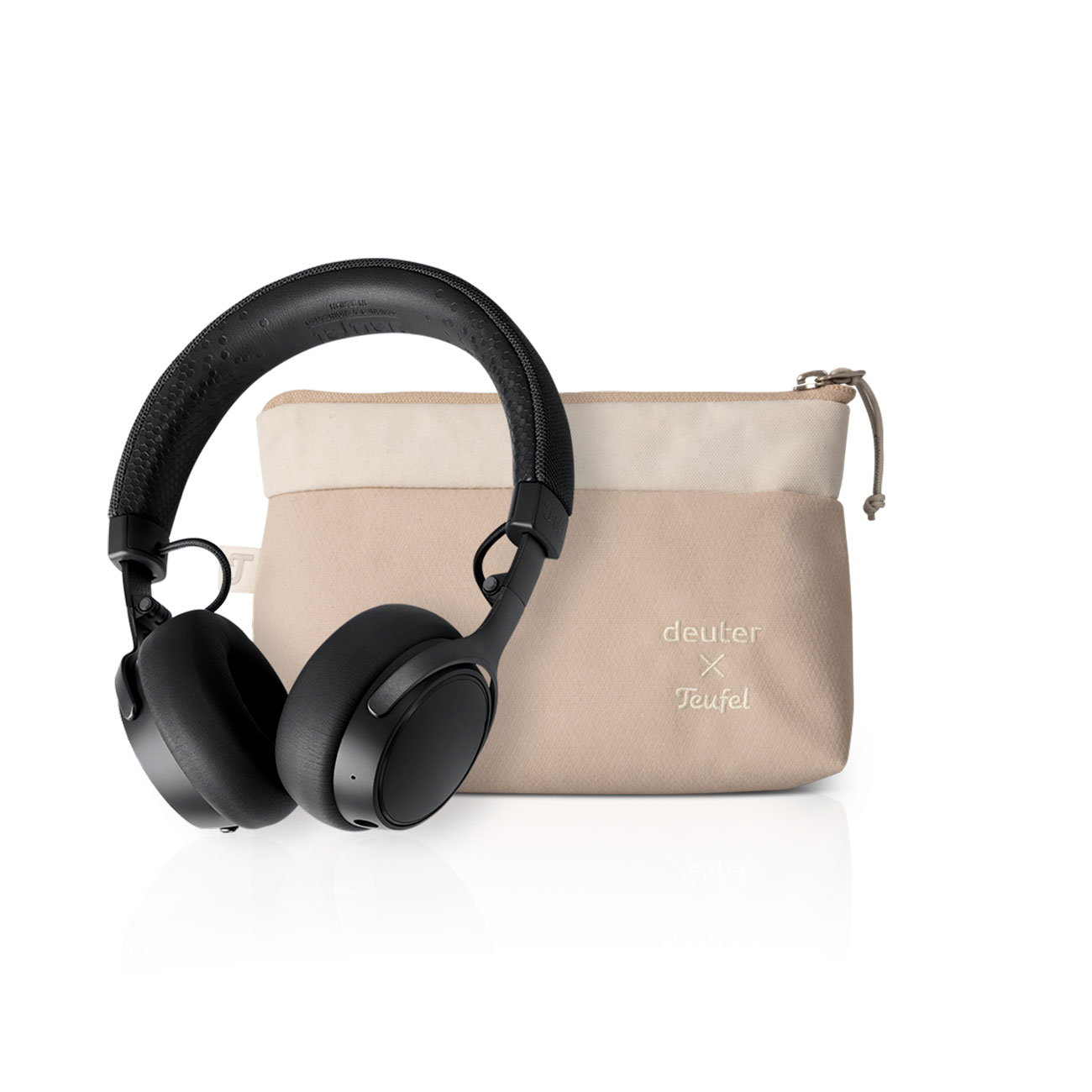
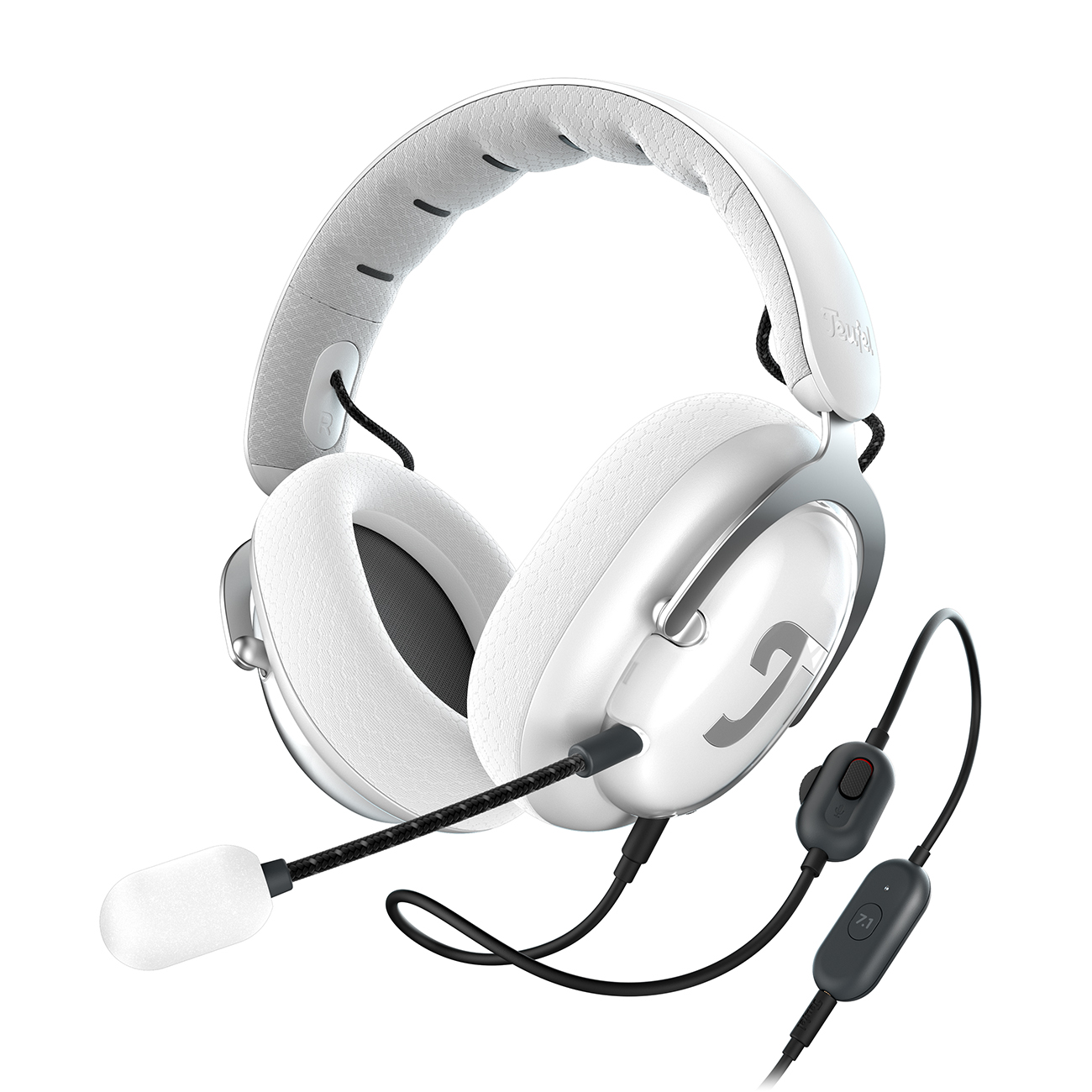
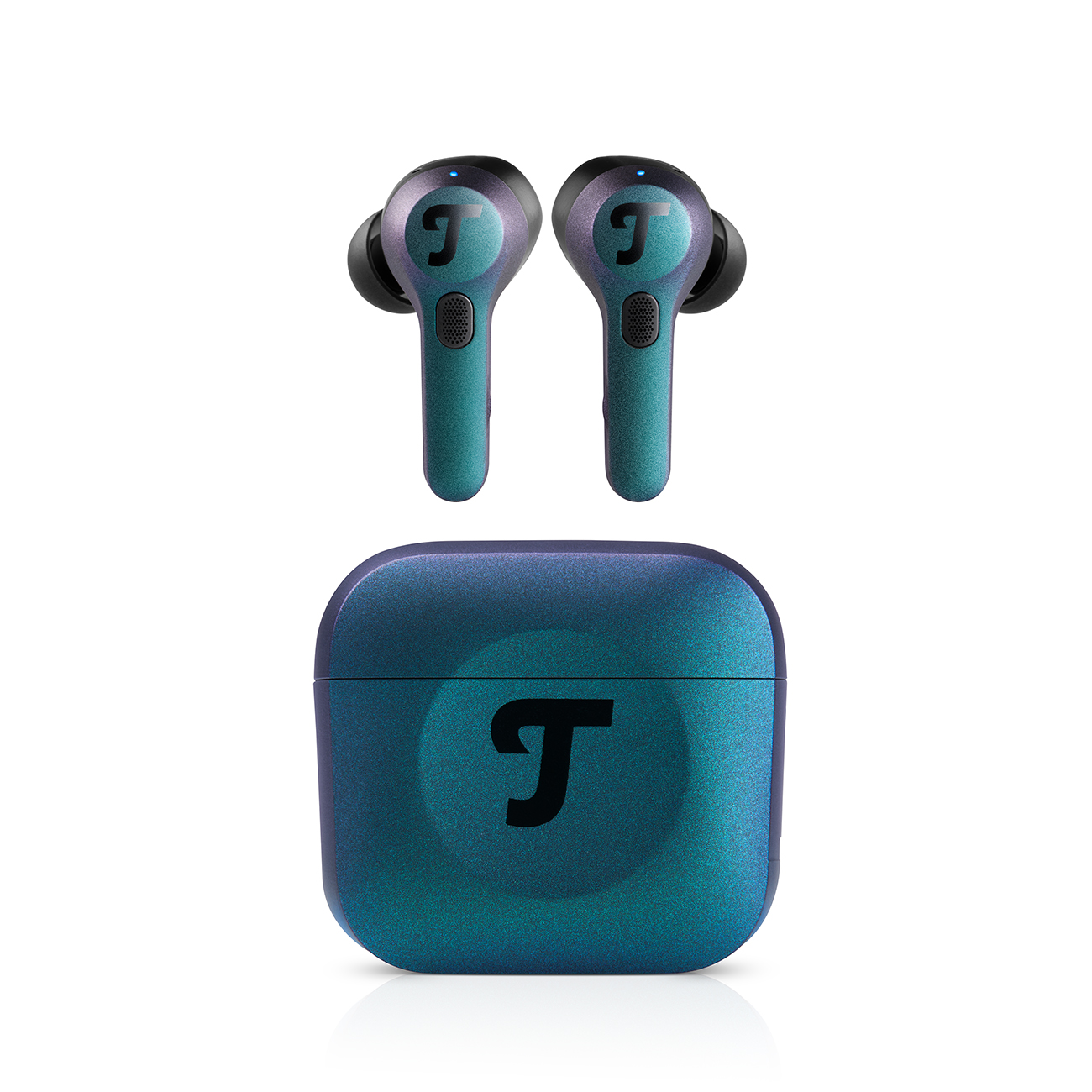



Leave a Reply